6.01 Automated systems
Sensors, microprocessors and actuators
An automated system is a combination of hardware and software that is designed and programmed to work automatically without the need for any human intervention.
Advantages and disadvantages of automated systems
| Automated system | Sensors used in the automated system | actuators in the automated system | microprocessor in the automated system | Additional information in the automated system |
|---|---|---|---|---|
| Industrial | ||||
| Nuclear power station | temperature, pressure, flow level (gas) and radiation level | To operate water pumps/ valves, operate gas pumps valves, automatic shutdown of process. | The microprocessor takes sensor readings and checks against stored parameters and sends signals to actuators to open/close relevant valves (pumps) or initiate shutdown of process. | At the centre of the system is a distributed control system (DCS), a very powerful computer. The whole process is monitored from a control room where a schematic of the whole process can be seen; the supervisor can over-ride the computer system if necessary. |
| Paracetamol manufacture | temperature, pH, infrared and pressure | To operate heating elements, open/ close valves to allow ingredients to be added to reaction vessels, recognise the presence of a tablet and measure the hardness of a tablet. | The microprocessor takes sensor readings and checks against stored parameters and sends signals to actuators to open/close valves, to operate heating elements and give warnings if tablets are out of specification (or missing). | The whole process is monitored from a central control room where a schematic of the process can be seen; the supervisor can over-ride the computer system if necessary. |
| Transport | ||||
| Adaptive cruise control | infrared laser sensors, cameras | To operate the brakes, accelerator and steering box. | Sensors pulse laser beams of infrared light from the front bumpers and the laser beams are reflected back to sensors from the vehicle in front. The microprocessor calculates time between sending and receiving these laser signals and then calculates the distance between the two vehicles. If distance less than safe distance, then the microprocessor sends a signal to the actuators to operate the brakes. If distance greater than safe distance the microprocessor sends a signal to operate the accelerator to bring the car up to the set speed. | This can be part of an autonomous system where the vehicle requires no human input. Sensor readings, cameras and LiDaR all give the vehicle information about the surroundings. This is a much safer system as it allows more cars per kilometre of road space. The downsides include the over-reliance on the technology, and dirty sensors and cameras can make the system malfunction. |
| Self-parking cars | infrared laser sensors and cameras | To operate brakes and accelerator and also to operate the steering wheel. | Sensors pulse laser beams of infrared light from the bumpers and the laser beams are reflected back to sensors from the surroundings. The microprocessor calculates the time between sending and receiving laser signals and calculates any distances. It then sends signals to operate the brakes, accelerator and steering wheel, moving the vehicle into the parking space. The sensors and camera allow the microprocessor to work out the distance from the kerb and the distance between any other vehicles in the parking space. Sensors also check if any objects are in the way (such as lamppost or human, etc.) | Sensors and cameras give a 3D image of the surroundings, allowing the vehicle to park safely. The cameras also show the driver the surroundings so they can over-ride the system if necessary. Cars can fit into smaller parking spaces and parking is safer. However, faulty/dirty sensors and cameras can cause problems, and it is an expensive option that doesn’t necessarily save the driver any money. |
| Weather | ||||
| Weather stations | thermometer (temperature), anemometer (wind speed), hygrometer (humidity sensor), barometer (air pressure sensor), level sensor (measure rainfall) and light sensor (hours of sunlight) | To measure rainfall, rain is collected in a ‘bucket’ and at the end of the day, an actuator is used to operate a piston to tip the water in the bucket into a vessel where level sensors can measure the amount of rainfall. | The microprocessor takes the sensor readings and stores them in a central database. It also analyses the sensor data and sends out weather reports on a regular basis (for example, to a nearby airport). It sends signals to operate the actuator to operate the piston to tip the collected water in the ‘bucket’ into a vessel where rainfall can be calculated for the last 24 hours. | Since data is collected 24 hours a day, seven days a week, automated systems are essential and also safer in bad conditions, which could be hazardous to human operators. |
| Gaming | ||||
| Gaming and simulations | accelerometers (response to tilting and movement of input devices) and proximity sensors (used in smart touchpads) | If a simulator is being controlled (for example, flight simulator), readings from sensors are used by the microprocessor to control the movement of the simulator (signals are sent to actuators to operate motors etc.). | The microprocessor takes sensor readings and compares them to stored data (for example, sensor readings indicate that the simulated airplane is stalling) and sounds signals to give realism to the simulator. The microprocessor also sends signals to actuators to move pistons and start/stop motors to give simulated motion of an airplane cockpit. In a game, the microprocessor takes accelerometer and proximity sensor readings to alter on-screen movement and images in accordance with the user’s inputs. | Games and simulators are much more realistic if sensors are used to gather actual data from the user’s actions. |
| Lighting | ||||
| Lighting systems | light sensors and infrared sensors | Actuators are only used if the lighting system is part of a display (for example, a water and light fountain); the actuators will operate pumps and switches. | The microprocessor compares the light sensor readings. When the lighting level in a room < stored value, the microprocessor sends signals to switch on lights automatically. If the lighting system is part of a security system, the infrared sensor detects movement and the microprocessor takes action if the received signal indicates an intruder (for example, switch on an external light). | Automated systems reduce energy consumption since lights only come on when necessary and this also increases bulb life. |
the advantages and disadvantages of automated systems

6.02 Robotics
what is robotics
Robotics is a branch of (computer) science that brings together the design, construction and operation of robots.
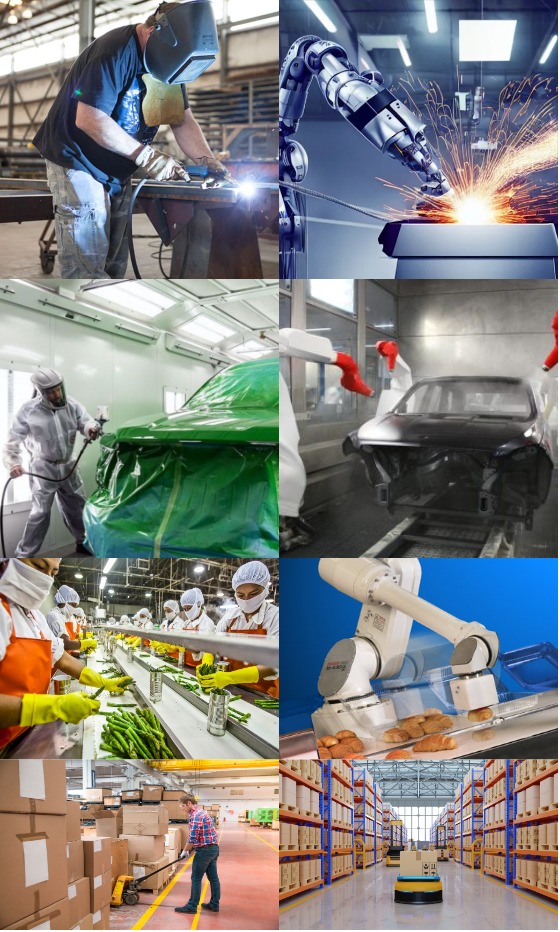
examples::
- welding metal parts in a factory (for example, car body panels)
- spray painting panels
- laser cutting of patterns (for example, in metal, plastic, leather) with a high precision and very little waste
- bottling and canning in the food and drinks industry
- warehouse logistics (for example, location of items and loading onto correct lorry).
robots used in home::
- autonomous floor sweepers
- autonomous lawn mowers
- automatic window cleaning
- in home entertainment (‘friend’ robots).
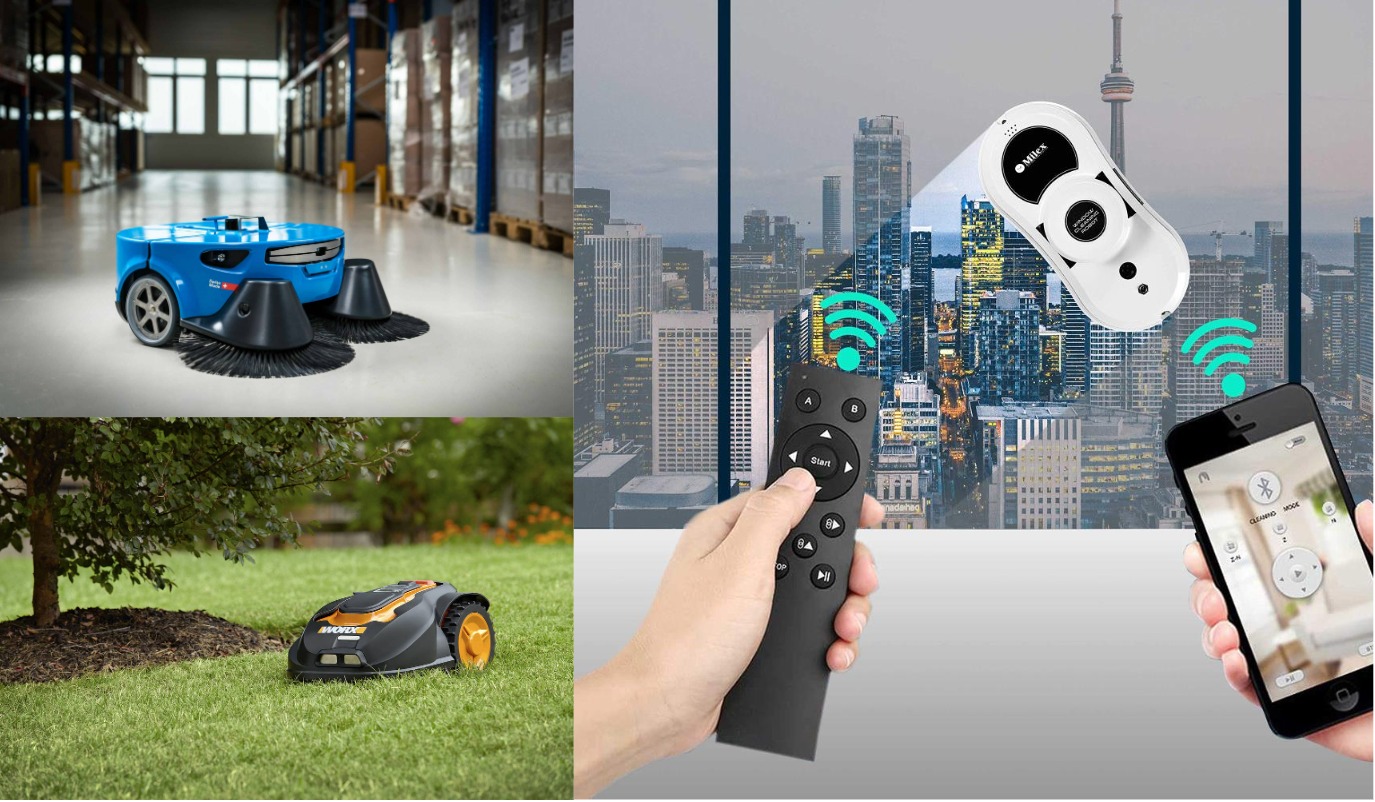
Drones examples::
- reconnaissance (for example, aerial photography)
- parcel deliveries (particularly in busy cities)
- flying in dangerous areas where there is a danger to human life (for example, carrying out a survey following a hazardous chemical spillage or nuclear incident).
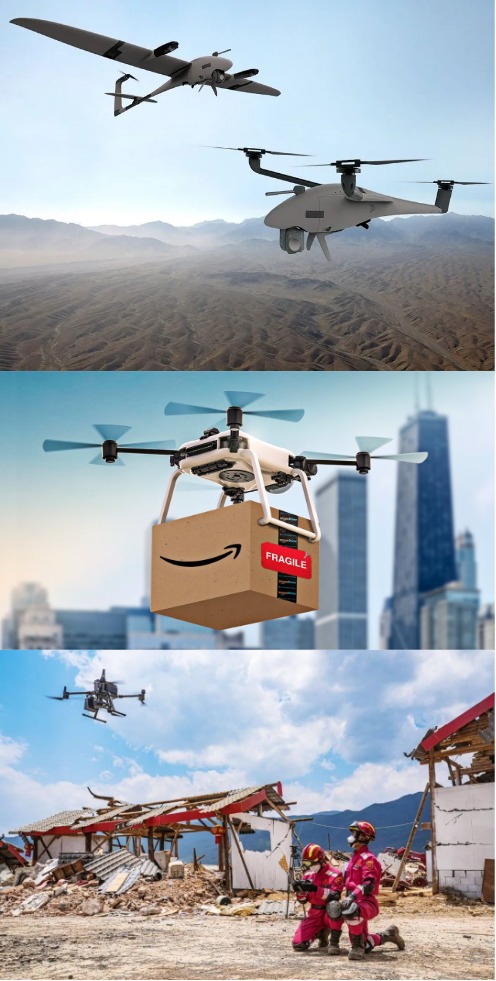
Characteristics of a robot
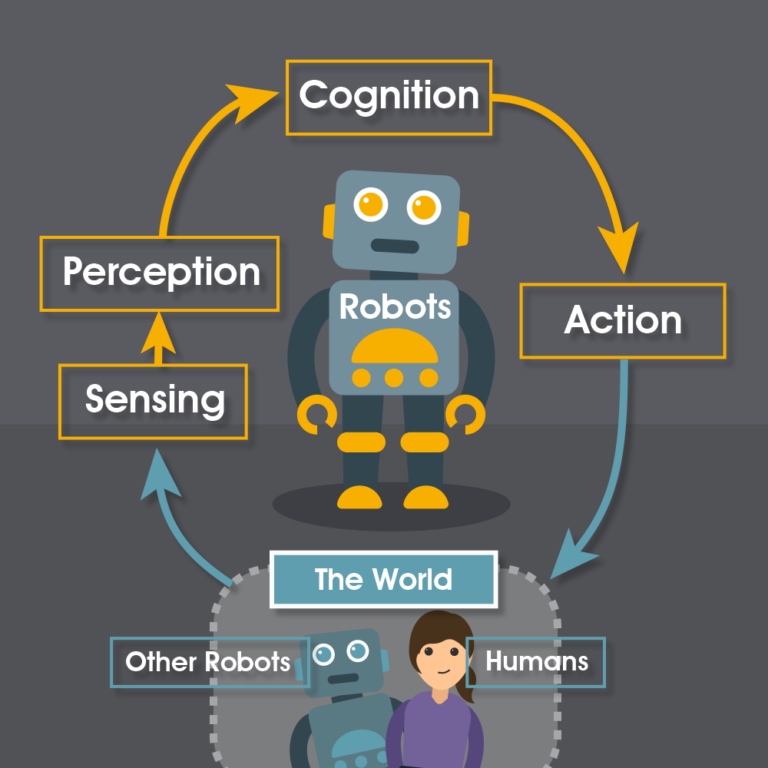
1. Ability to sense their surroundings
- Use sensors and cameras as input to the robo
- Use sensors to recognise the immediate environment by building up a 3D picture to determine the size, shape and weight of an object, for example.
- All sensor data is sent to a microprocessor or computer.
2. Have a degree of movement
- Use of wheels, cogs, pistons, gears and so on, to carry out functions such as turning, twisting, moving backwards/forwards and gripping or lifting.
- Mechanical structures made up of motors, hydraulic pipes, actuators and circuit boards.
- Contain many electrical components.
- Able to use end-effectors – different attachments to carry out a number of tasks.
3. Must be programmable
- Have a controller that determines the actions that need to be taken to carry out a task automatically.
- Controllers are programmable so that the robot can be ‘trained’ to do various tasks.
The role of robots and their advantages and disadvantages
6.03 Artificial intelligence
AI Introduction
Artificial intelligence (AI) is a branch of computer science dealing with the simulation of intelligent human behaviour by a computer.
Characteristics of AI
AI is a collection of rules and data, together with the ability to reason, learn and adapt to external stimuli.
- Narrow AI:: a machine has superior performance to a human in one specific task.
- General AI:: a machine is similar, but not superior, in its performance in doing one specific task.
- Strong AI:: a machine has superior performance to humans in many tasks.
Examples of AI::
- news generation based on live news feeds
- smart home devices/assistants (such as Amazon Alexa or Apple Siri)
- use of chatbots that interact through instant messaging
- autonomous vehicles
- facial expression recognition.
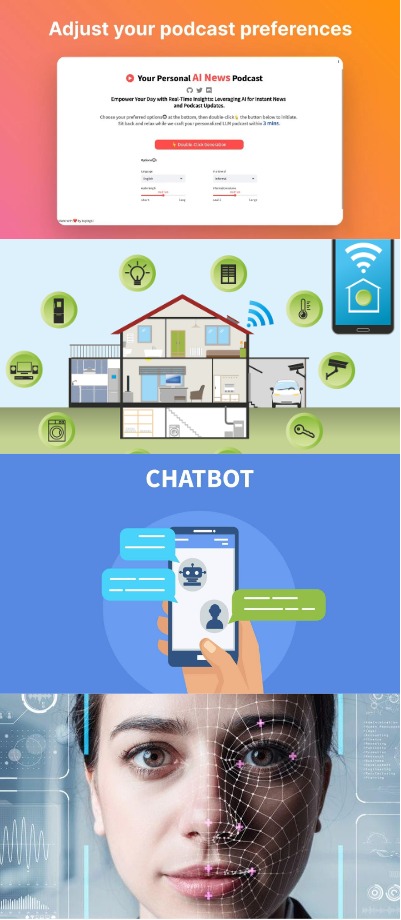
Expert systems

Expert systems are a form of AI developed to mimic human knowledge and experience.
applications of expert systems::
- Oil and mineral prospecting.
- Diagnosis of a patient’s illness.
- Fault diagnostics in mechanical and electrical equipment.
- Tax and financial calculations.
- Strategy games (for example, chess).
- Logistics (for example, most efficient parcel deliveries).
- Identification of plants, animals and chemical compounds.
the advantages and disadvantages of expert systems

Setting up an expert system
- Information needs to be gathered from human experts or from written sources such as textbooks, research papers or the internet.
- Information gathered is used to populate the knowledge base which needs to be first created.
- A rules base needs to be created; this is made up of a series of inference rules so that the inference engine can draw conclusions.
- The inference engine itself needs to be set up; it is a complex system since it is the main processing element making reasoned conclusions from data in the knowledge base.
- The user interface needs to be developed to allow user and expert system to communicate.
- Once the system is set up, it needs to be fully tested; this is done by running the system with known outcomes so that results can be compared and any changes to the expert system made.
Machine learning
Machine learning is a subset of AI where algorithms are ‘trained’ and learn from their past experiences.
The differences between artificial intelligence and machine learning::

Examples of machine learning::
- In search engines where machine learning is used to improve on the search engine’s ability to select relevant websites based on the search criteria. Web crawlers are used to ‘train’ the software/algorithms so that the search engine ‘hits’ are all listed on the first page of the search results.
- Categorising emails as spam by analysing ‘cleaned’ emails after stop words like ‘the’, ‘and’ and ‘a’ have been removed. Certain key words and phrases are used to determine if emails could be spam. A machine learning model is built and a ‘training data set’ is used to ‘train’ the model so it can learn from previous emails which were known to be spam.
- Recognising a user’s buying history on the internet; this makes use of collaborative filtering. It is a process of comparing a customer’s shopping behaviour to a new customer who has similar shopping behaviour, which allows the system to recommend products to the new customer; this system is also used to generate music playlists based on a user’s criteria.
- Detection of fraudulent internet activity uses web scraping (this is information about a customer’s shopping habits used to predict credit/ debit card activity) to identify any unusual spending patterns and thus spot potentially fraudulent activity.